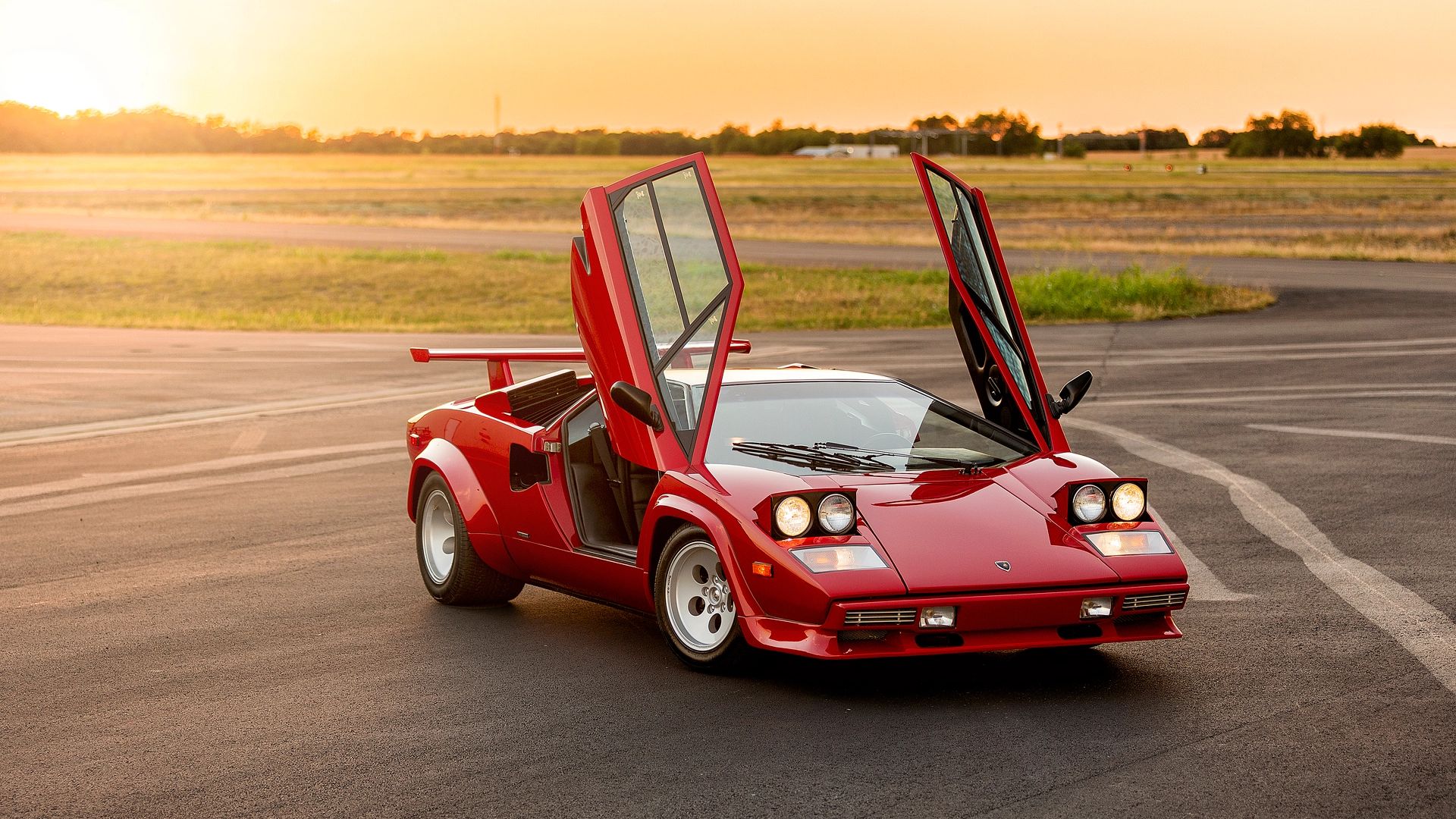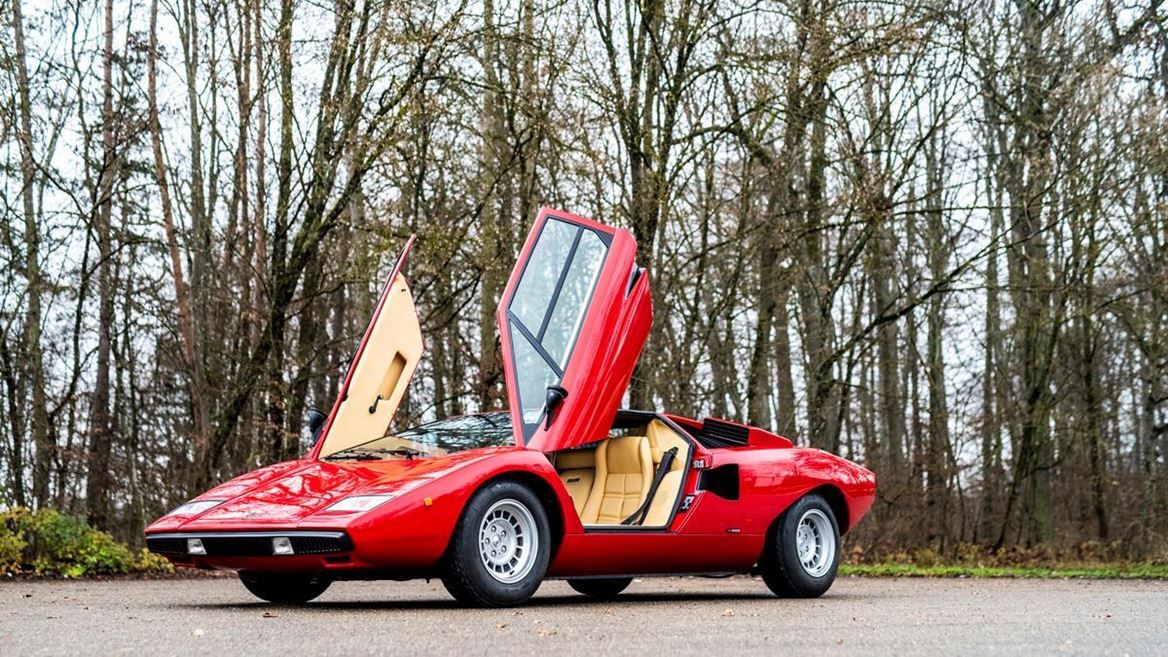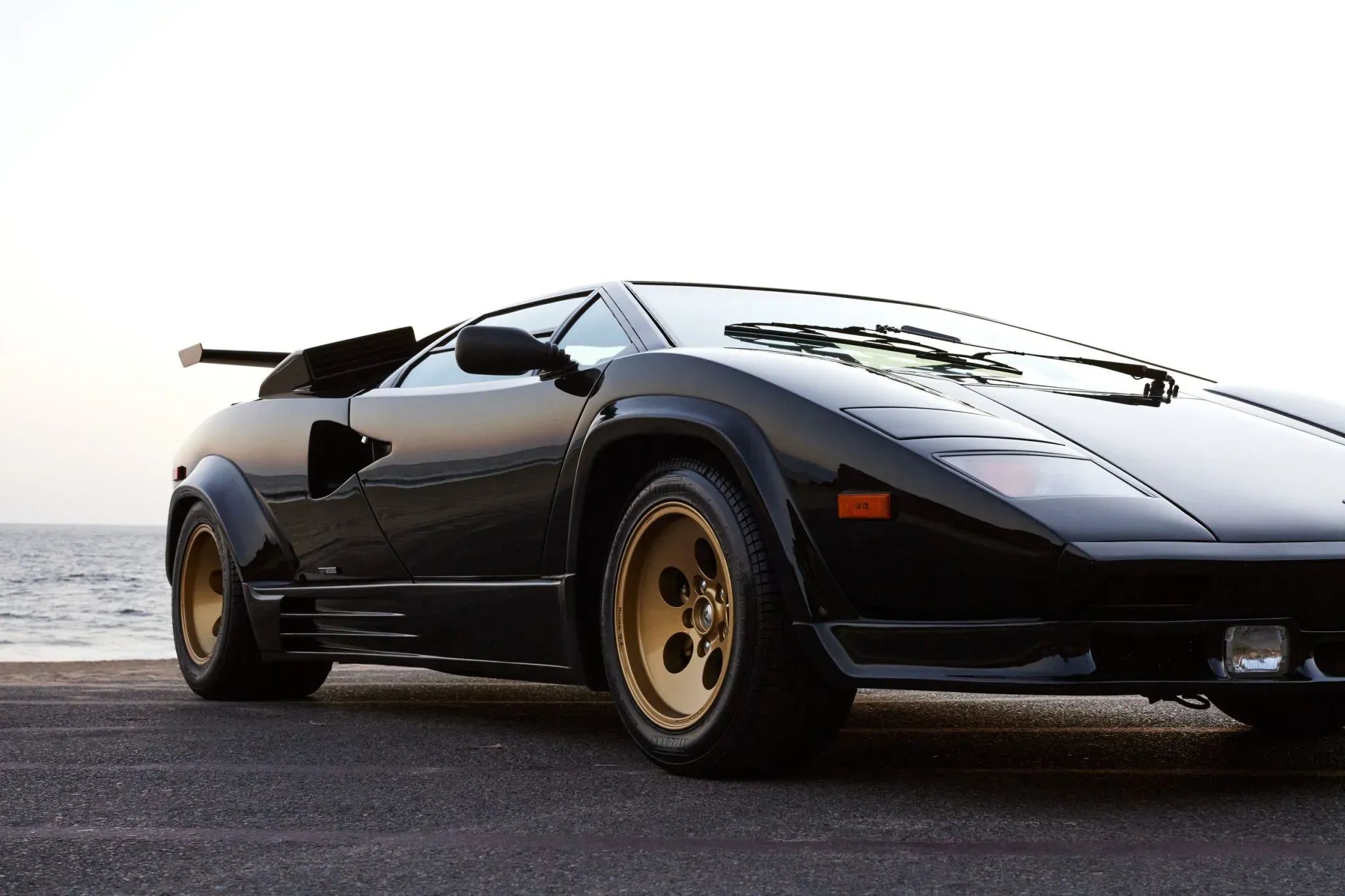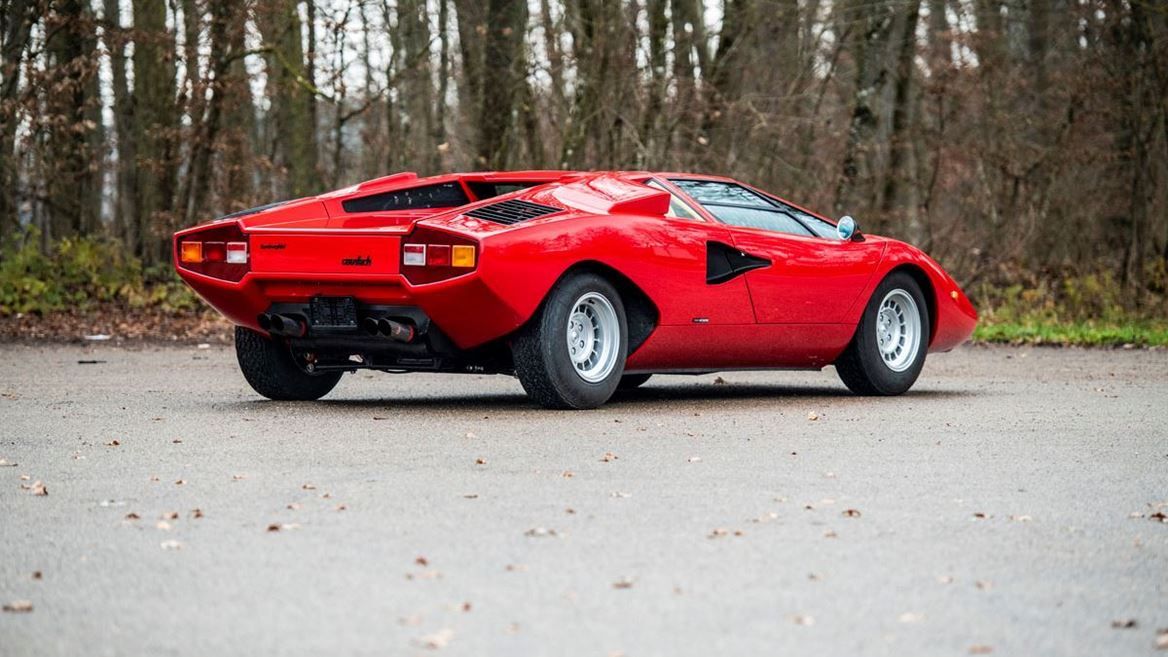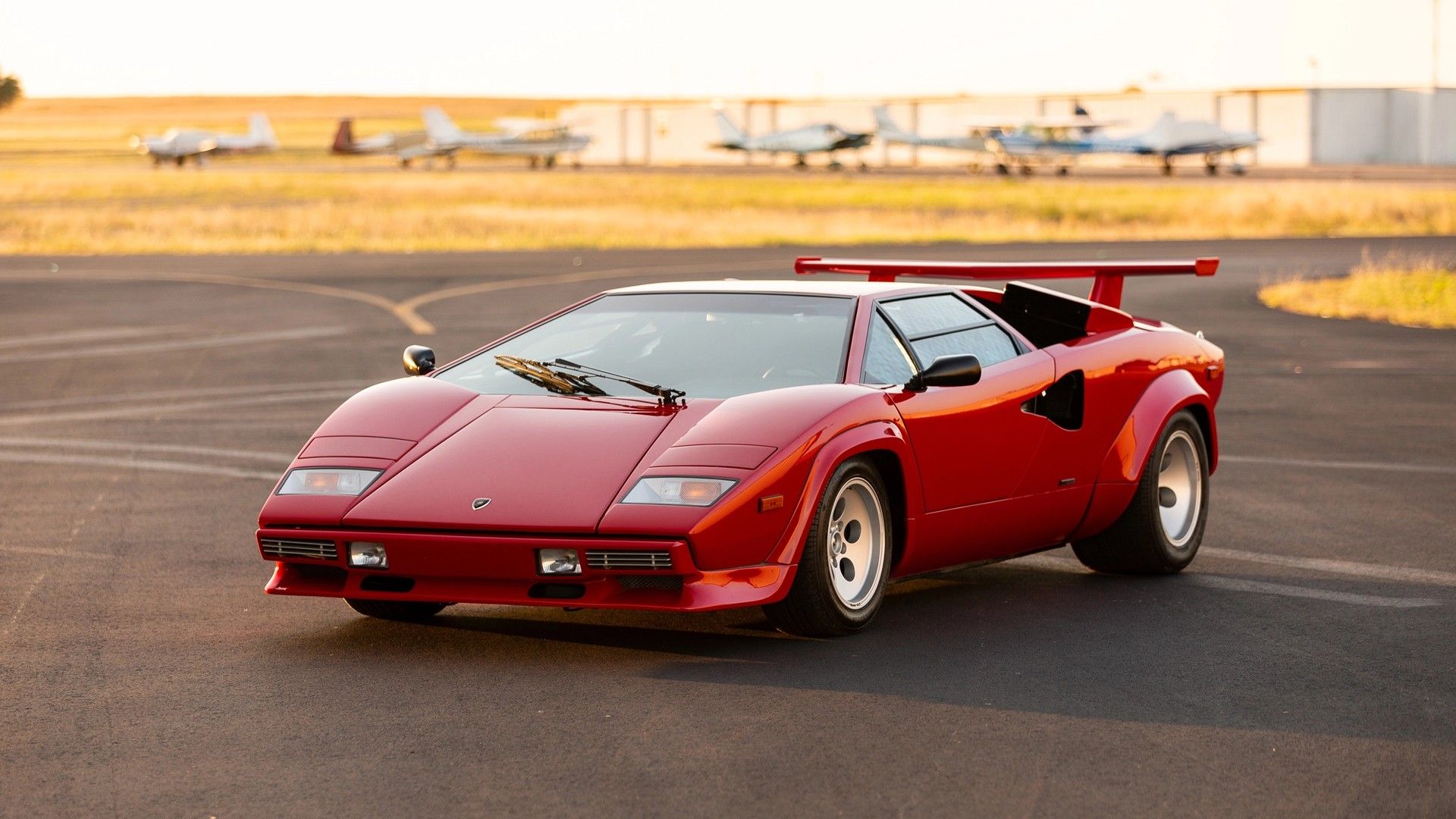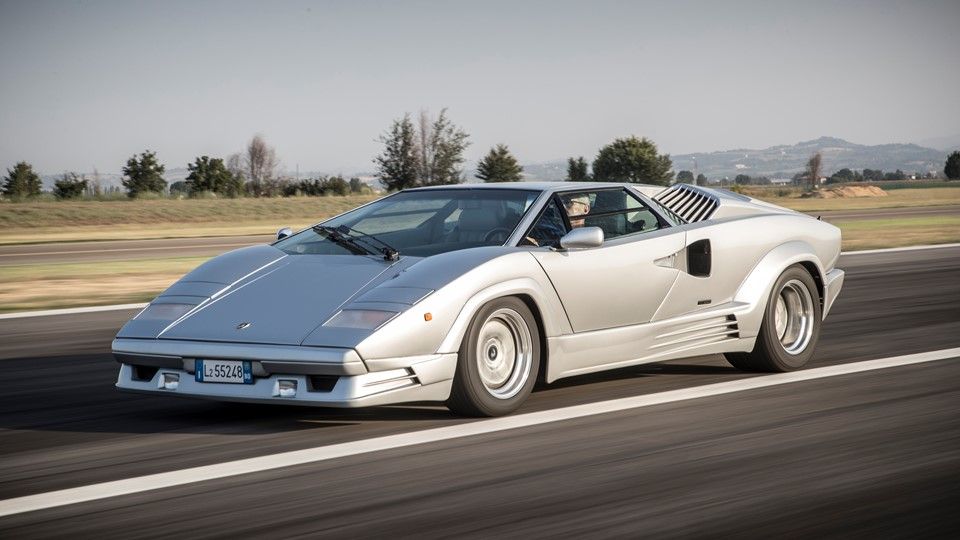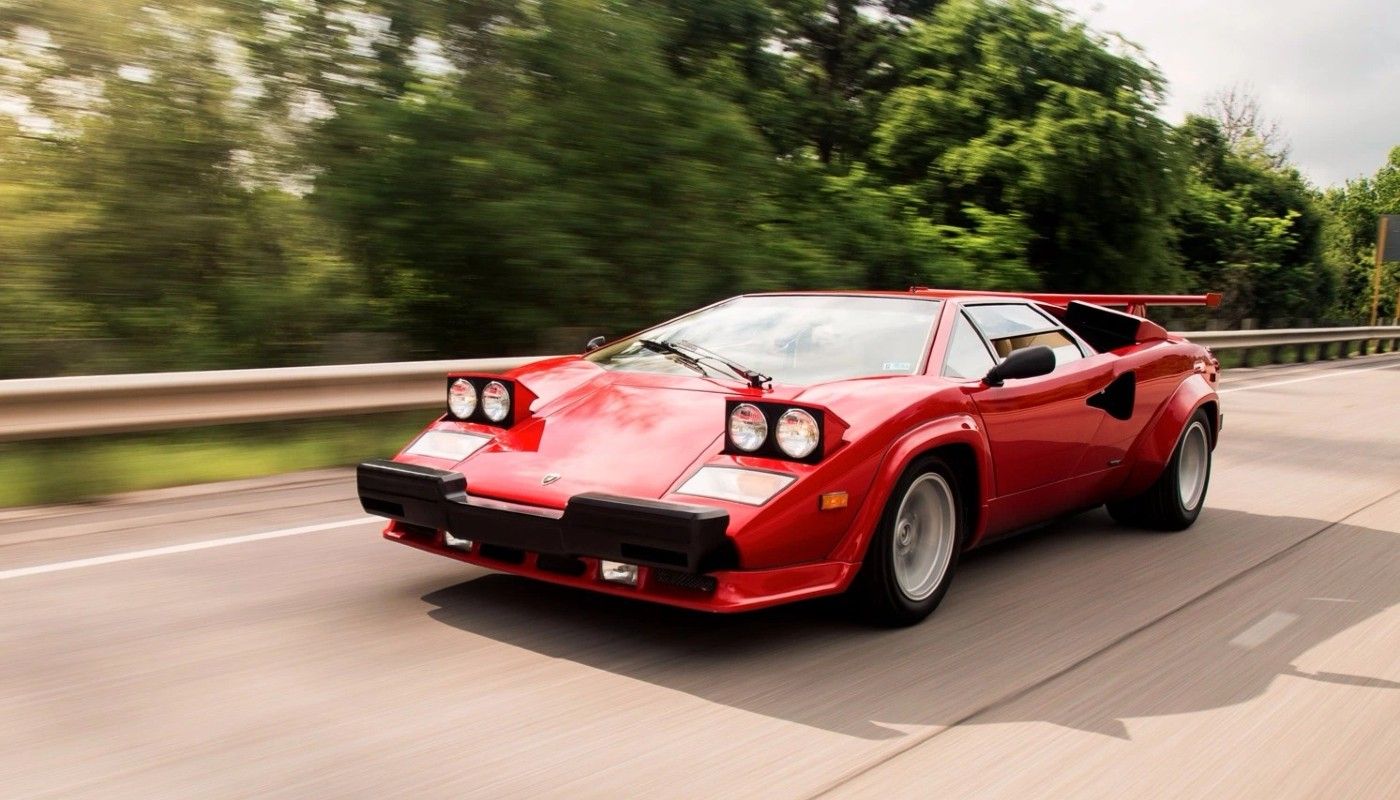When the Lamborghini Countach prototype was first shown at the 1971 Geneva Auto Show, there was a lot of wonder and excitement. The thing was made by Marcello Gandini. It was designed with sharp angles and streamlined lines. Lamborghini Countachs were produced up to 1990. A total of 2,000 copies of the Countach were made, and for over 20 years, it was in high demand. A spectacular car like the Countach could not have a standard steel sheet welded chassis, according to Lamborghini engineers. Instead, it called for a chassis that was as "avant-garde" as the car's design.
1 The Beginning Of Countach's Legacy
The Countach name first came close to the start of the LP112 project, in late 1970 or early 1971. Most of the names of both early and later Lamborghini cars refer to historical bulls and bullfighting. This custom was broken by the Countach. Marcello Gandini, the designer of the Countach, disclosed the origin of the moniker. "I joked that we could call it Countach because there was a jousting mood while we worked late into the night. I intended it to be a ridiculous joke with no true meaning. We always got the cars going thanks to Bob Wallace, who put together the local mechanics. The ability to pull right up to the auto shows at that point was fantastic."
2 A Unique Design That We Hadn't Seen Before
Ever ponder the reason behind the characteristic wedge shape that supercars frequently adopt? The answer is the Countach. The body shape of the nameplate, which would mostly remain unchanged over its 16-year existence, is not the only notable aspect of its design. Gandini, who also designed the Miura, outdid himself by coming up with the Countach, a broad, low-set car with angular features. The car's design prioritized both aesthetic appeal and performance. When driving, the two seats were so low that you were basically sitting on the floor. The inside was also dominated by geometric designs that mirrored the exterior's lines.
3 The Countach Through The Years
Production of the Countach lasted from 1974 through 1990. That was longer than its predecessor, the Miura, by more than twice. During that time, Lamborghini built and marketed five different models of the supercar. There were two different Countach versions sold in the 1970s. The LP400 Periscopio, which went on sale in 1974 and was powered by a 4.0-liter V-12, had the car's most understated look. In 1978, the LP400 S took its place. The weakest of the four, that particular Countach features an improved engine. In the 1980s, three different Countach models were released. In 1982, the LP500 S made its debut. Its body was identical to that of the LP400 S, but its engine was a 4.8-liter V-12. The LP5000 Quattrovalvole was introduced three years later. Despite having a larger, chunkier appearance, the 5.2-liter V-12 with four valves per cylinder was a major difference. The ultimate model, the 25th Anniversary Edition, first went on sale in 1988 and was manufactured until 1990.
4 Lamborghini's Original Countach LP-400
At the 1973 Geneva Auto Show, the first LP-400 Countach prototype was on exhibit. It had a dazzling red exterior and black suede inside. The periscope rear vision mirror was abandoned, and the digital instruments were removed from within. The 4.0-liter engine was fitted, and the air intakes and NACA ducts were visible. The LP400 S, which the manufacturer created following the LP400 model, features considerable wings, large Pirelli tires, and wide wheel arches, some of which can be seen on the Countach's front or roof. Purists among Lamborghini enthusiasts believe that the original LP400 Countach is the only "uncluttered" model of this exotic supercar that has ever been produced. The Lamborghini Countach didn't need wings or wide wheels—just clean lines—to become the best-selling car the company had ever produced up to that point. Only a tiny number of these LP400 versions are currently believed to be the most intriguing Countachs from a financial perspective. The LP 400 demonstrated that it was not only a gorgeous look but also provided the promised high-caliber performance Lamborghini stood for, reaching a top speed of 309 km/h and accelerating from 0 to 100 km/h in 5.4 seconds.
5 Upgraded Style While Retaining The Ethos
After some time, Lamborghini upgraded the Countach both internally and externally in the form of the LP 400S. The use of the biggest tires possible gave the vehicle a more aggressive appearance (new spoilers). The Periscopa roof was lost when the suspension was changed. Although most vehicles imported into the United States had to be "federalized," which reduced power to 325 horses, certain LP400 S models retained the original LP400 engine with 375 horses, the original Weber carburetors with the high lift camshafts and greater compression, and no emission equipment. The Countach now looked even more aggressive, ready to tear the road to pieces with its ground-hugging front spoiler and the widest tires in existence (345mm width still remains the widest available, even today), mounted at the rear. However, all the special tacked-on items made the bodywork less aerodynamic.
6 The Legacy Continues With The "New" Countach Model
The first "new" Countach was the LP500S; Lamborghini had to act after Ferrari introduced the Boxer, which was quicker than the Countach LP400S. They experimented with a turbocharged version of the 4.0-liter engine, but this project was prematurely shelved due to cooling issues. The combustion chambers of this new engine were redesigned, the compression ratio was lowered, new cams were installed, and bigger Weber side drought carburetors were added. There were only modest changes made to the side-mounted front turning indicators on the Countach's bodywork. The inside didn't change much either; the inner door panel, which was a single piece of leather with no stitching in the LP400S, was made more opulent with the addition of some stitching, and the latch on the glove box was changed to address an issue with earlier models. The previous LP400 S was still available but sold poorly when the new LP500 S was shown at the Geneva Auto Show in March 1982. Even though it weighed a little more than 639 pounds (290 kg) over the previous model, the LP500S outperformed the LP400 S in terms of speed.
7 Lamborghini Opted For A Strong And Distinguished Look
Lamborghini LP5000 QV Countach was the third significant Countach update by Lamborghini and was shown in 1985 at the Geneva Show. The redesigned cylinder head, which had four valves per cylinder, gave the vehicle its name (it was known either as the Quattrovalvole or QV). This new engine's displacement increased to 5167 cc by lengthening the stroke to 75 mm; the compression ratio was 9.5:1, and downdraft Weber carburetors were employed for the first time on the Countach. These carburetors gave the engine cover a noticeable bulge in the center, which made it much harder to see behind the vehicle. Another modification was the size of the front tires, which required a little adjustment to the suspension. This type of incident may be found all throughout the history of the Countach, which has been repeated several times. The Countach is a vibrant vehicle that didn't like to stay in the background and the 1986 model was priced at €429,500.
8 The Countach Marked The 25th Anniversary Instead Of The Diablo
In its own right, the Lamborghini Countach became legendary, but Automobili Lamborghini improved upon this masterpiece. It created and manufactured the ultimate Countach to commemorate the 25th anniversary of Automobili Lamborghini SpA's establishment. This "celebration" variant, which was meant to be produced in small quantities, ended up becoming the best-selling Countach ever, selling a total of 667 vehicles before being superseded by the eagerly anticipated Diablo in 1990. Actually, the Diablo was meant to mark this milestone, but Lamborghini chose to utilize a brand-new Countach instead because the Diablo's prototype wasn't ready for display in 1988.
9 It Was Different From Other "Supercars"
The Countach was unusual in every way. It was a vehicle that was entirely distinct from even the supercars of the day. The upward-opening scissor doors were possibly one of its most distinctive features. These doors were necessary at the time. The Countach's other unique features also contributed to the development of the doors, which aren't its only claim to fame. The Italian Wedge design aesthetic, which dominated Italian supercars for decades and is still present in current Lamborghini models, was basically invented by this vehicle.
10 The Lamborghini Countach Created Path For Others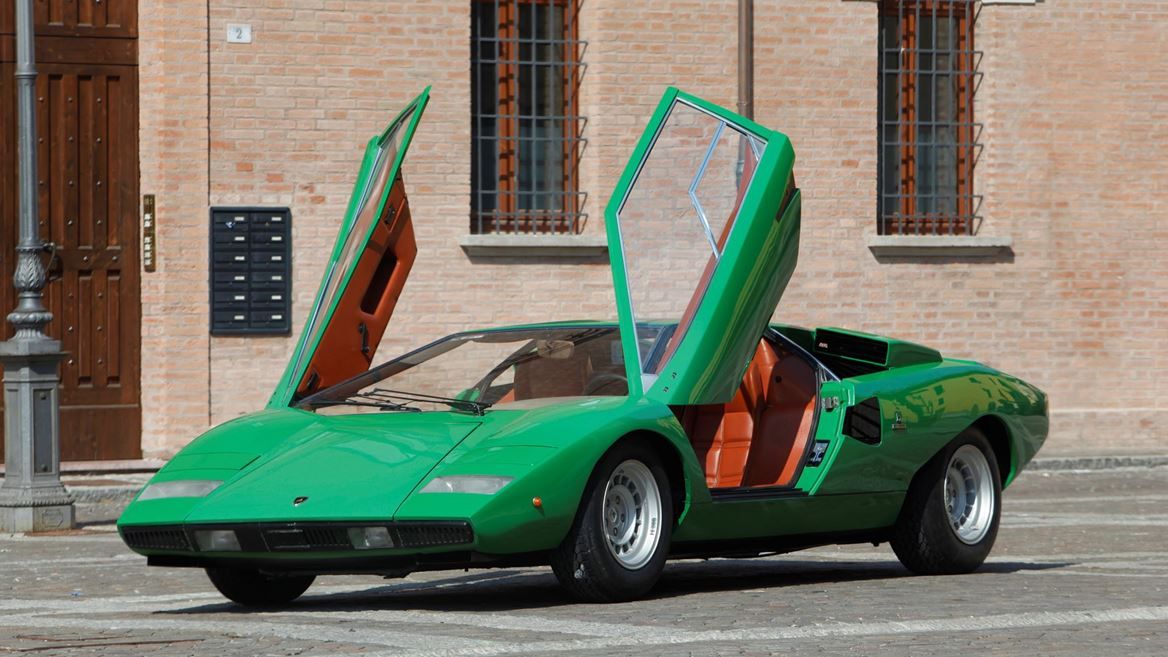
Due to the introduction of the new Countach, it is quite simple to overlook the significance of the previous model in the supercar industry. However, as we have seen, it is unquestionably the best Lamborghini ever made. For years and decades to follow, the supercar world was shaped very literally by the Countach. It's no secret that vehicles that were startlingly futuristic for their time tend to deteriorate with time. But only a select few vehicles, including this Lamborghini, have been able to maintain their shock value more than 50 years later.
FAQ
Q: How much is an original Countach worth?
Original, classical Countachs typically cost $471,177.
Q: What was the first Countach?
The LP400, which was manufactured by Countach from 1974 to 1978, was the first production model. At the 1974 Geneva Auto Show, it was first made available for purchase.
Q: How many original Countach were made?
Lamborghini released 321 original Countachs.
Q: Why is the Countach so legendary?
In every aspect, the Countach was extraordinary. It was a car that stood out significantly from even the supercars of the day. It was and continues to be the most recognizable Lamborghini ever produced.

